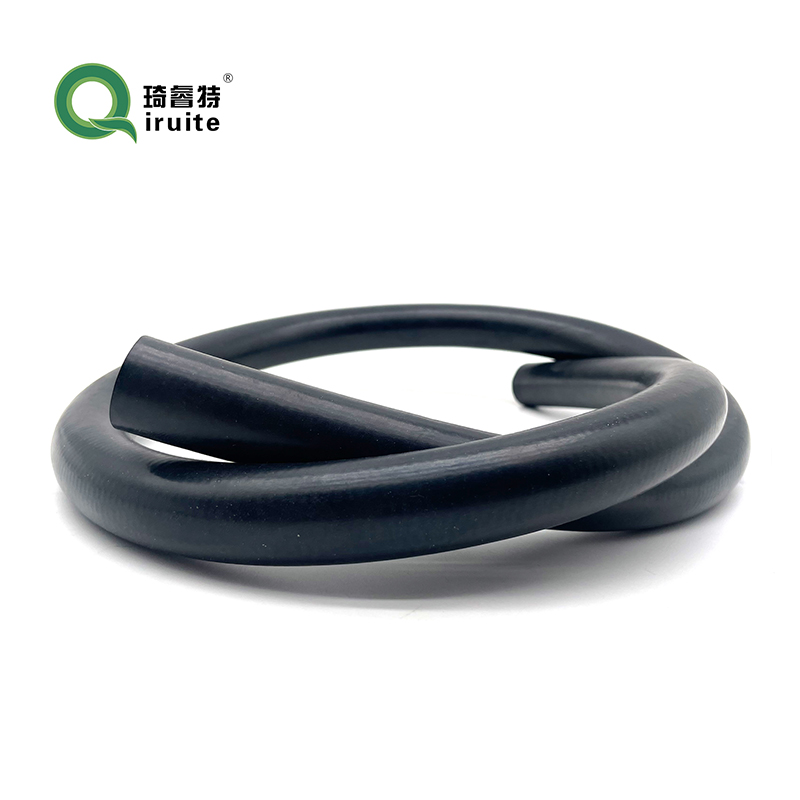hose guard guide
The Ultimate Guide to Hose Guards Ensuring Safety and Durability
Hoses are an essential component in various industries and gardening, providing a reliable means for the transfer of liquids and gases. However, without proper protection, hoses are susceptible to damage and wear, which can result in costly repairs and safety hazards. This is where hose guards come into play. This guide explores the importance, types, and benefits of using hose guards.
What Are Hose Guards?
Hose guards are protective devices designed to shield hoses from abrasion, impact, and environmental elements. They are typically made from durable materials such as rubber, plastic, or metal, and are available in various designs to cater to different applications. Hose guards can be used in various settings, including construction sites, industrial facilities, and gardens.
Why Use Hose Guards?
1. Prevent Wear and Tear Hoses are often exposed to rough surfaces, sharp edges, and heavy machinery. Hose guards act as a barrier, preventing abrasions and prolonging the lifespan of the hoses.
2. Enhance Safety Damaged hoses can leak harmful substances, posing safety risks to workers and the environment. By using hose guards, the likelihood of hose failure decreases, contributing to a safer work environment.
3. Improve Flexibility and Maneuverability Hose guards allow for greater flexibility in positioning hoses, making it easier to maneuver them without worrying about damage or kinks that can hinder performance.
hose guard guide

4. Weather Resistance Some hose guards are designed to withstand extreme weather conditions, protecting hoses from UV rays, rain, snow, and temperature fluctuations. This feature is particularly beneficial for outdoor applications.
Types of Hose Guards
There are various types of hose guards, each designed for specific applications
- Spring Guards These are coiled metal or plastic guards that provide added protection at the hose's coupling area, where wear is most likely to occur.
- Sleeve Guards Made from fabrics or polymers, sleeve guards wrap around hoses, offering a protective layer against abrasion and cuts.
- Spiral Wraps This type of guard consists of spiral tubing that can be wrapped around hoses to provide complete coverage, enhancing durability and flexibility.
Conclusion
In summary, investing in hose guards is essential for maintaining the integrity and safety of hose systems. They not only prevent wear and potential hazards but also enhance the functionality and lifespan of hoses across various applications. With numerous options available, it's crucial to select the right type of hose guard for your specific needs. Prioritizing the protection of your hoses will lead to safer operations, reduced downtime, and cost savings in the long run.
-
Ultimate Spiral Protection for Hoses & CablesNewsJun.26,2025
-
The Ultimate Quick-Connect Solutions for Every NeedNewsJun.26,2025
-
SAE J1401 Brake Hose: Reliable Choice for Safe BrakingNewsJun.26,2025
-
Reliable J2064 A/C Hoses for Real-World Cooling NeedsNewsJun.26,2025
-
Heavy-Duty Sewer Jetting Hoses Built to LastNewsJun.26,2025
-
Fix Power Steering Tube Leaks Fast – Durable & Affordable SolutionNewsJun.26,2025

